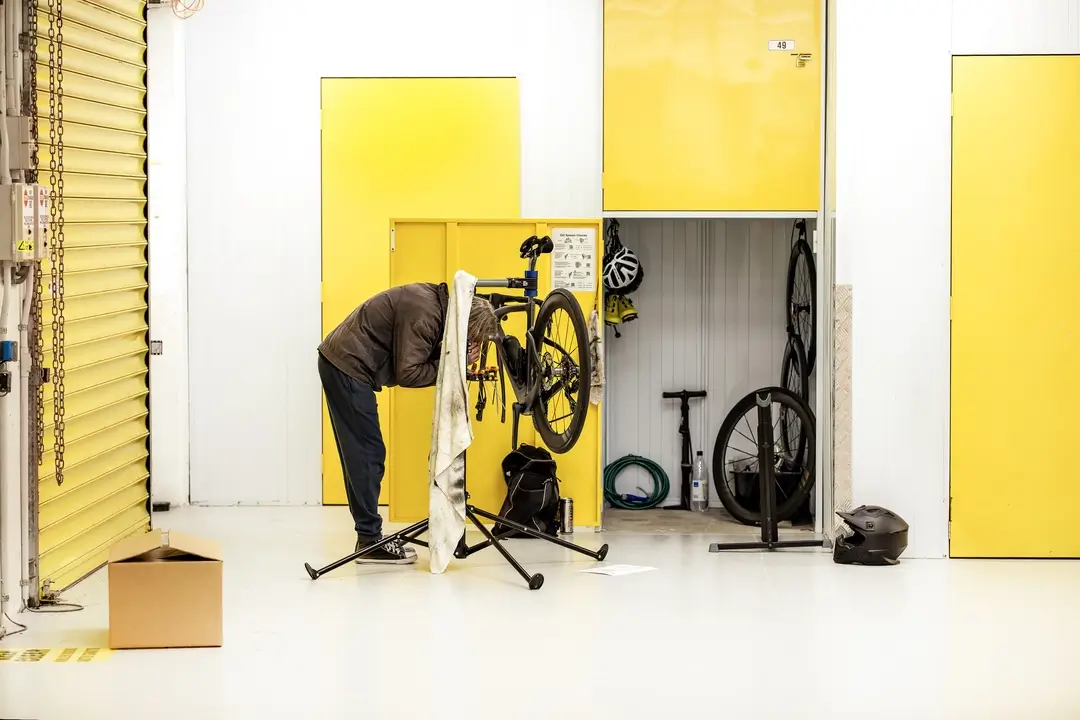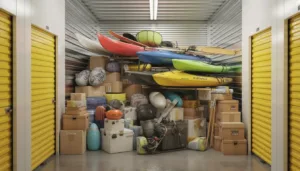Wellington’s natural environment and distinct seasons offer outdoor enthusiasts an incredible playground year-round. From summer paddleboarding in the harbour to winter tramps in the Remutaka Range, the region’s recreational opportunities are boundless. However, this seasonal diversity creates a unique challenge for Wellington residents: where to store all that specialised equipment when it’s not in use.
The compact nature of Wellington’s housing – whether it’s a central city apartment, a hillside home in Kelburn, or a suburban property in Lower Hutt – means that storage space is often at a premium. Seasonal outdoor gear like kayaks, paddleboards, camping equipment, mountain bikes, and skiing gear can quickly overwhelm available storage options, creating clutter and potentially damaging valuable equipment.
This article explores practical solutions for Wellington’s outdoor enthusiasts facing the seasonal storage dilemma, offering strategies to protect your investment in equipment while maximising your living space throughout the year.
Key Takeaways
- Seasonal outdoor equipment requires significant storage space that many Wellington homes cannot accommodate
- Professional storage solutions offer protection from Wellington’s harsh maritime climate
- Rotating gear seasonally maximises both usage and available home space
- Proper preparation before storage significantly extends equipment lifespan
- Accessible storage locations ensure spontaneous adventure remains possible
- Cost-effective storage strategies can be more economical than equipment replacement
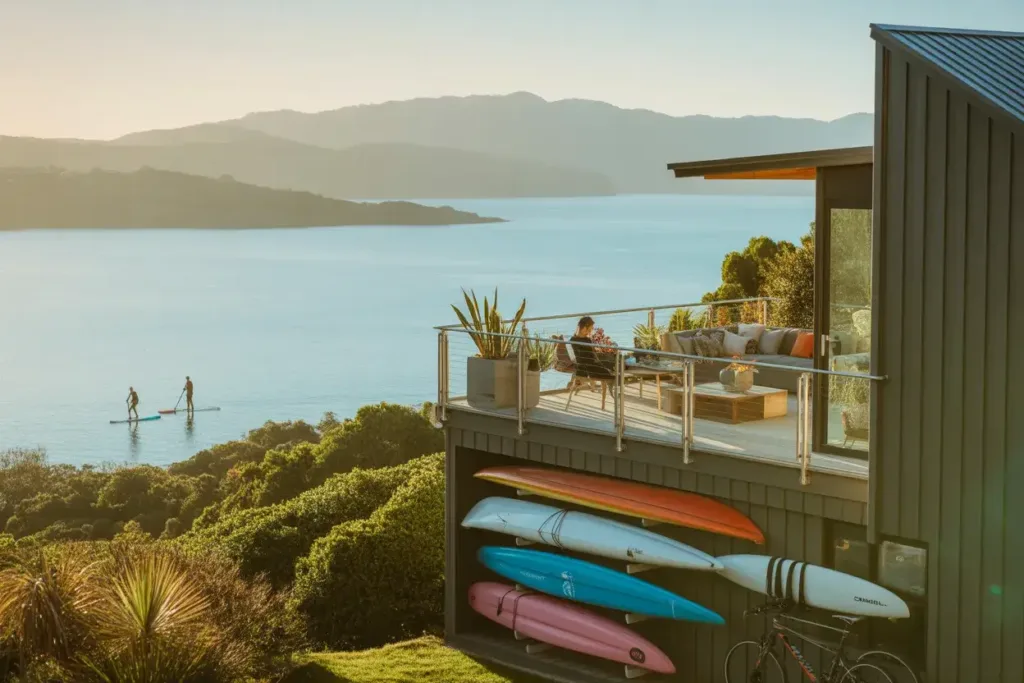
Wellington’s Outdoor Enthusiast Challenge
Wellington’s geography makes it a paradise for outdoor recreation, with harbour waters, mountain ranges, and coastal trails all within easy reach. This accessibility has created a community of enthusiastic outdoor adventurers who embrace different activities as the seasons change.
“We’re seeing more and more Wellingtonians investing in quality outdoor equipment,” explains Tom Southgate, Director at StoreStuff Self Storage Wellington. “The challenge they face is that most Wellington homes simply don’t have enough storage space for those kayaks in winter or ski gear in summer.”
The typical challenges Wellington outdoor enthusiasts face include:
Limited home storage: With the average Wellington home being smaller than the national average, finding space for bulky seasonal equipment becomes nearly impossible without compromising living areas.
Climate concerns: Wellington’s maritime climate, with its high humidity, salt air, and temperature fluctuations, can rapidly degrade outdoor equipment stored in garages, under houses, or on balconies.
Access requirements: While seasonal, many enthusiasts still want occasional access to equipment for unexpected weather windows or trips outside the region.
Investment protection: With high-quality outdoor equipment representing a significant financial investment, proper storage becomes essential for protecting that investment.
Multiple activity participation: Many Wellingtonians participate in several outdoor activities, multiplying the amount of equipment requiring storage throughout the year.
These challenges have led to increasing demand for seasonal storage solutions that address the specific needs of outdoor enthusiasts in the Wellington region.
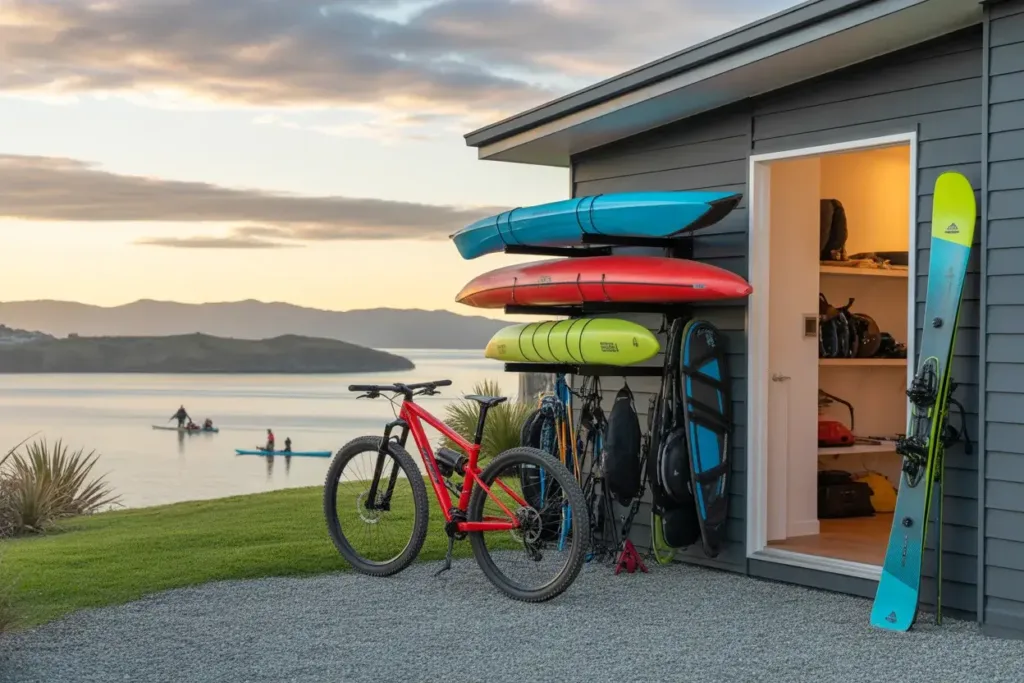
Summer Storage: Managing Winter Gear
When Wellington’s summer arrives, winter sports equipment becomes redundant yet continues to occupy valuable space in already compact homes. Professional storage offers a solution that both protects equipment and frees up living areas during the warmer months.
“During summer, we see a significant influx of winter sports equipment,” Tom notes. “Customers are storing everything from ski and snowboard setups to winter hiking gear, freeing up garage spaces for summer equipment or simply reclaiming their spare rooms.”
Key considerations for summer storage of winter equipment include:
Thorough cleaning: Winter equipment often harbours moisture and dirt that can cause damage during extended storage. Thorough cleaning and drying before storage is essential.
Temperature stability: Wellington’s summer temperatures can fluctuate dramatically, with some garages and attics exceeding 30°C on hot days. These conditions can damage sensitive winter equipment, particularly technical fabrics and plastics.
Humidity control: Summer in Wellington brings increased humidity, which can promote mould growth and material degradation in improperly stored winter gear.
Pest protection: Rodents and insects are particularly attracted to stored winter gear with food residues or skin cells. Professional storage facilities implement pest control measures that home storage often lacks.
“One of our customers, an avid snowboarder, stores her entire winter setup—boards, boots, outerwear, and accessories—with us during summer,” Tom shares. “She says this frees up about usable apartment space during the warmer months, essentially giving her an extra room during summer.”
This approach to seasonal rotation maximises home living space while ensuring winter equipment remains in optimal condition for the next season.
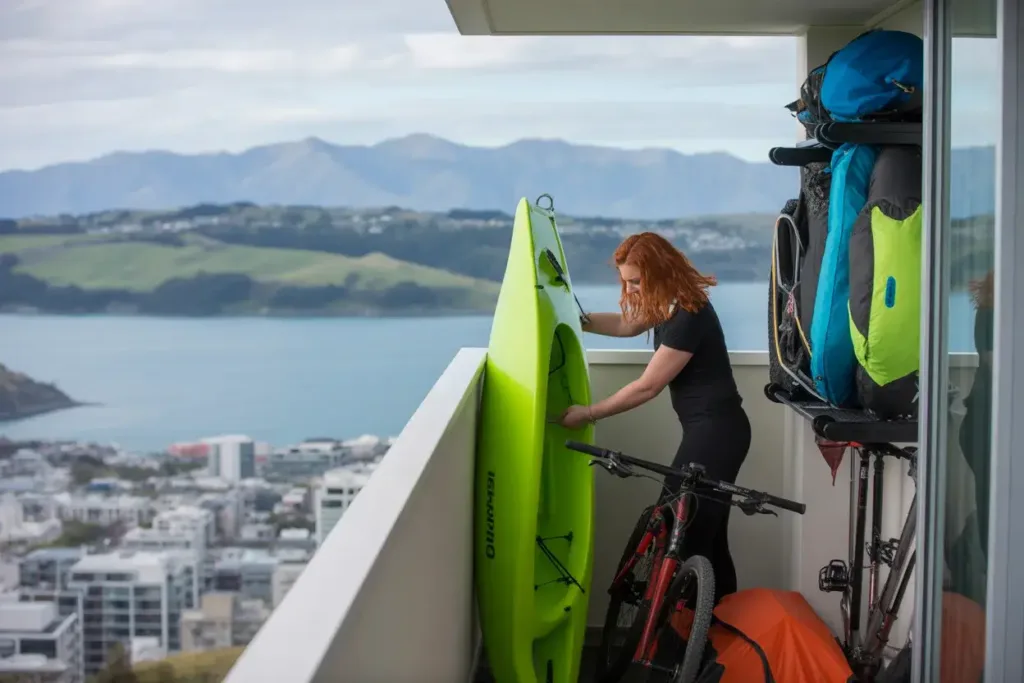
Winter Storage: Safeguarding Water Sports Equipment
As winter approaches and Wellington’s waters become less inviting, water sports equipment like kayaks, paddleboards, and surfboards present significant storage challenges. Their size and shape make them particularly difficult to accommodate in Wellington’s compact homes.
“Water sports equipment dominates our winter storage requests,” explains Tom from StoreStuff. “These items not only take up substantial space but are also vulnerable to damage if improperly stored during Wellington’s winter months.”
Critical considerations for winter storage of water equipment include:
Sizing requirements: Kayaks, paddleboards, and surfboards require specialised storage solutions due to their length and awkward dimensions. Few Wellington homes can accommodate these items without significant compromise.
Salt corrosion protection: Equipment used in Wellington’s saltwater harbour requires thorough freshwater cleaning before storage to prevent corrosion of metal components and hardware.
UV damage prevention: Even during winter, UV exposure can degrade plastics and composites used in water sports equipment. Indoor storage protects against this continuous degradation.
Structural support: Improper weight distribution during long-term storage can warp or deform watercraft. Professional storage solutions can recommend appropriate racking systems that maintain structural integrity.
“A family from Island Bay stores four paddleboards and two kayaks with us every winter,” Tom notes. “They previously kept this equipment in their garage, but found it made parking impossible and created constantly damp conditions that were beginning to damage both their equipment and the garage itself.”
Professional storage solutions address these challenges while ensuring equipment remains accessible for those unexpected perfect winter days or trips to warmer North Island locations.
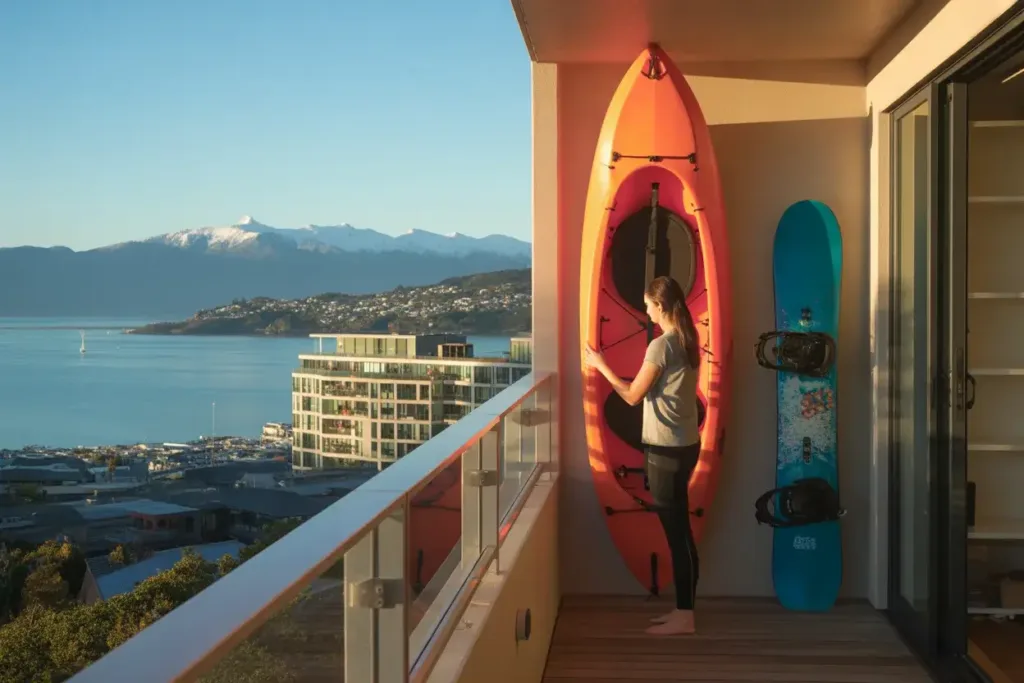
Year-Round Access: Enjoying Spontaneous Adventure
While seasonal storage provides significant benefits, outdoor enthusiasts still want access to their equipment for spontaneous adventures or when travelling to regions with different weather patterns. Accessibility becomes a key consideration in any storage solution.
“The accessibility factor is crucial for our outdoor enthusiast customers,” Tom emphasises. “Unlike storing Christmas decorations that you only need once a year, outdoor equipment might be needed unexpectedly even during its ‘off-season’.”
StoreStuff Wellington addresses this need through:
Extended access hours: 24/7 access accommodates early morning adventure departures or evening equipment returns.
Central location: Positioned for convenient access from major routes out of Wellington, making equipment collection efficient before heading to adventure destinations.
Organised storage systems: Encouraging customers to store equipment in easily accessible configurations rather than deeply buried arrangements.
This balanced approach to storage provides the benefits of reclaimed home space without sacrificing spontaneous outdoor adventure opportunities.
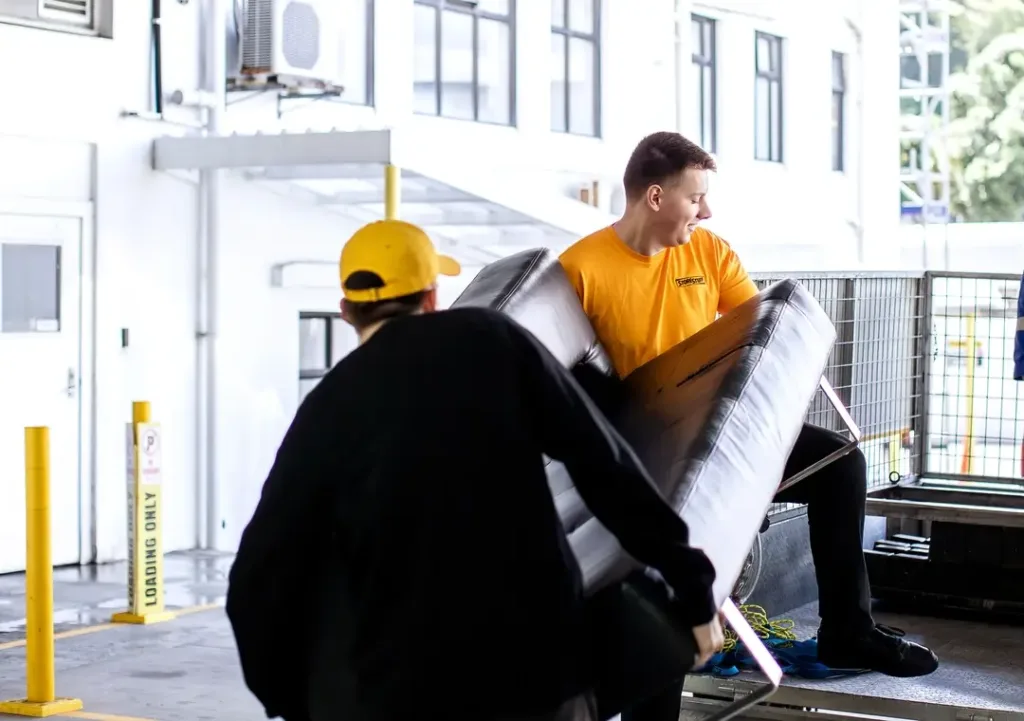
Climate Considerations: Protecting Your Investment
Wellington’s maritime climate presents unique challenges for storing outdoor equipment. High humidity, salt air, temperature fluctuations, and occasional seismic activity can all affect equipment integrity during storage periods.
“Wellington’s climate is particularly hard on outdoor equipment,” Tom explains. “We see significant damage to items that have been stored in garages, under houses, or on balconies—environments that simply can’t provide adequate protection from our local conditions.”
Professional storage facilities can offer critical protections including:
Humidity control: Maintaining optimal humidity levels prevents mould growth, corrosion, and material degradation common in Wellington’s damp climate.
Temperature stability: Avoiding the extreme temperature fluctuations that can degrade technical fabrics, plastics, and composite materials used in modern outdoor equipment.
Salt air protection: Providing an indoor storage environment reduces the corrosive effects of Wellington’s salt-laden air, particularly important for equipment with metal components.
UV protection: Eliminating the ongoing UV exposure that breaks down materials even during storage periods.
“One customer stored his carbon fibre mountain bike in his apartment’s outdoor storage cage for a winter,” Tom recalls. “By spring, the coastal air had caused significant corrosion to components, and humidity had affected the carbon frame’s integrity. The repair costs exceeded what a full year of professional storage would have cost.”
For high-value equipment like carbon fibre bikes, technical climbing gear, or electronic devices used in outdoor pursuits, these climate protections represent significant value preservation.
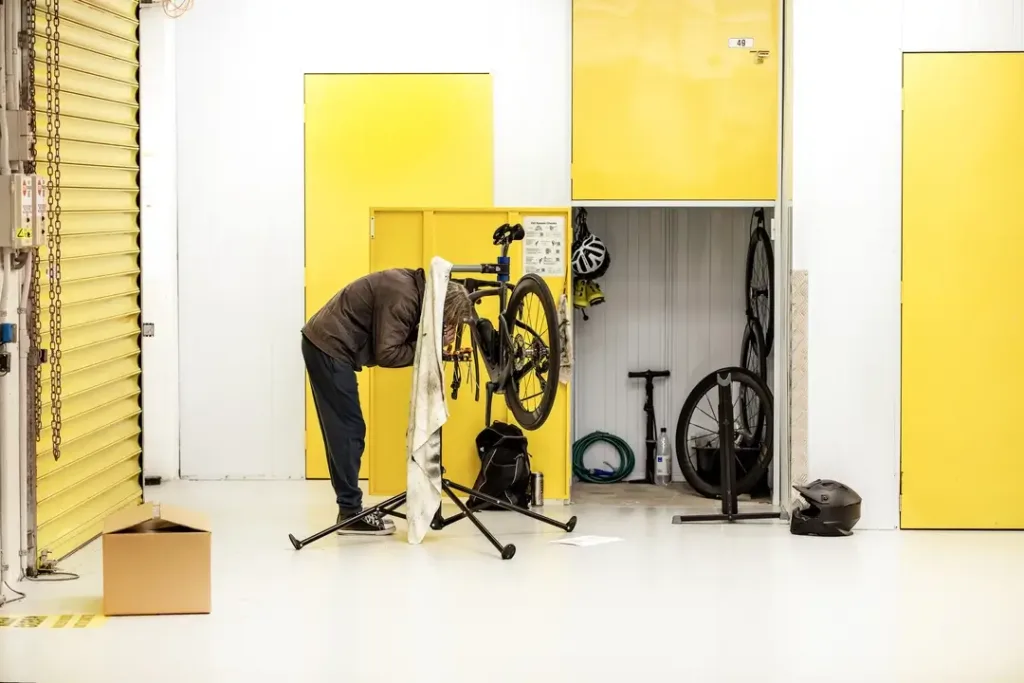
Preparation Essentials: Maximising Equipment Longevity
Proper preparation of outdoor equipment before storage significantly impacts its condition when retrieved for the next season. This preparation process is particularly important in Wellington’s challenging climate conditions.
“How equipment is prepared for storage is just as important as where it’s stored,” Tom emphasises. “We can provide guidelines for our customers to ensure their gear remains in optimal condition throughout the storage period.”
Essential preparation steps include:
Thorough cleaning: Removing all dirt, salt, sand, and organic material that could cause degradation or attract pests during storage.
Complete drying: Ensuring equipment is 100% dry before storage to prevent mould growth and material breakdown.
Appropriate lubrication: Applying proper lubricants to mechanical components while avoiding excess that might attract dust or create sticky residues.
Battery removal: Taking batteries out of electronic devices like GPS units, action cameras, or electric bike components to prevent leakage and corrosion.
Component disassembly: Disassembling certain equipment components to relieve stress points during long-term storage.
“We recommend customers take photos of their setup before disassembly,” Tom advises. “This makes reassembly much easier months later when memory has faded. This is particularly helpful for complex equipment like technical camping setups or multi-component water sports equipment.”
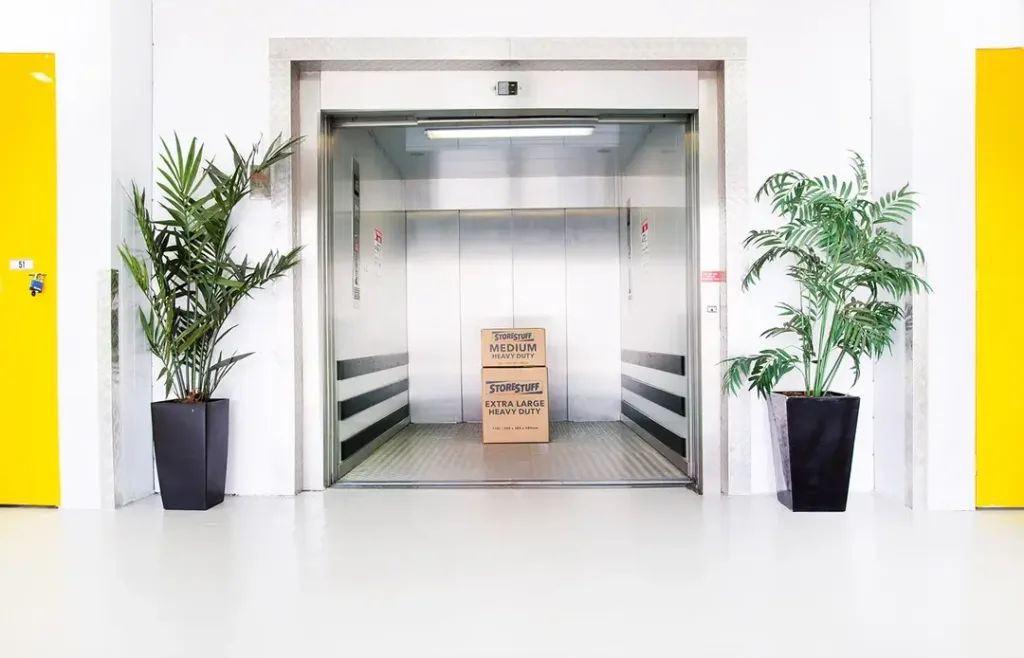
The Economics of Seasonal Storage: Investment Protection
When considering seasonal storage solutions, many outdoor enthusiasts focus on the cost. However, a comprehensive economic analysis reveals that professional storage often represents significant value compared to equipment replacement or home space considerations.
“We encourage customers to consider the total economics of their equipment storage decisions,” Tom explains. “When factoring in equipment lifespan, home space value, and replacement costs, professional storage often emerges as the most economical solution.”
Key economic considerations include:
Equipment lifespan extension: Proper storage can double or triple the useful life of outdoor equipment, spreading the initial investment over more years of use.
Home space valuation: When calculating the cost per square metre of Wellington residential space, dedicating valuable home areas to rarely-used seasonal equipment rarely makes economic sense.
Replacement cost avoidance: Equipment damaged through improper storage often requires expensive repairs or complete replacement, costs that typically exceed professional storage fees.
Resale value preservation: Well-maintained equipment retains significantly higher resale value, an important consideration for enthusiasts who regularly upgrade their gear.
This value-based approach to storage decisions helps outdoor enthusiasts make economically sound choices that protect both their equipment investments and their valuable home space.
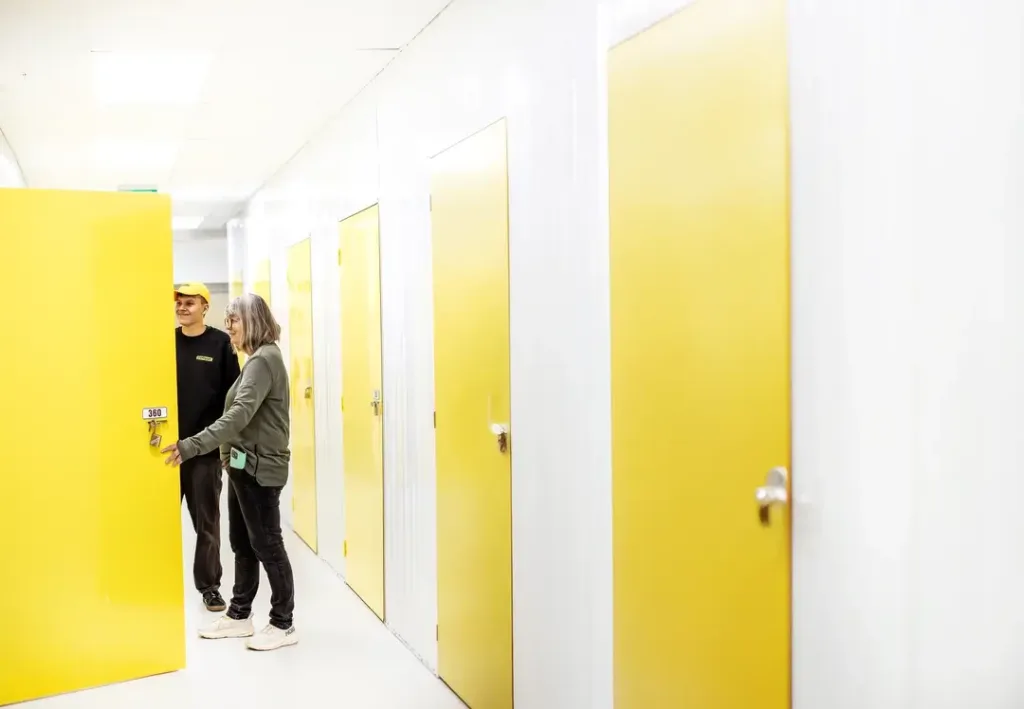
Storage Organisation: Maximising Accessibility and Protection
Effective organisation within storage spaces ensures both optimal protection and convenient accessibility when equipment is needed. This becomes particularly important for outdoor enthusiasts who may need selective access to specific items.
“Organisation within your storage unit is crucial,” Tom advises. “We work with customers to organise their unit so that their equipment is protected whilst maintaining accessibility throughout the storage period.”
Effective storage organisation strategies include:
Categorised arrangement: Grouping similar equipment together for easier location and retrieval when needed.
Rotation planning: Arranging items so that occasionally-needed equipment remains accessible while rarely-needed items can be positioned deeper in the storage unit.
Protective elevation: Keeping items elevated from the floor using pallets or shelving to provide additional protection and improve air circulation.
Clear labelling: Implementing clear labelling systems, particularly for equipment stored in cases or bags that obscure contents.
Inventory management: Maintaining digital or physical inventories of stored items, especially valuable for customers with extensive equipment collections.
Proper organisation transforms storage from merely a space solution to an effective equipment management system that enhances the outdoor experience.
Meet Our Storage Specialist

Tom Southgate has owned StoreStuff Self Storage Wellington since 2023 and is an outdoor enthusiast himself. His personal experience with Wellington’s diverse recreational opportunities gives him unique insight into the storage challenges faced by local adventure seekers.
Tom regularly participates in mountain biking and hiking around the Wellington region, using the same seasonal storage approaches he recommends to customers. This practical experience informs StoreStuff’s specialised solutions for outdoor equipment, ensuring they address the real needs of Wellington’s active community.
What Our Clients Say
“Most highly recommend! So helpful, super relaxed, and genuinely nice people. The guys go above and beyond to support you with getting in and getting out. Spaces are clean, dry and tidy. Equipment available, like trolleys, blankets, trailer and truck are all in fantastic condition and freely available. Use Store Stuff to store ya stuff :)” – Beth, Wellington Resident
“Was such an easy process for a last minute urgent need for storage, great facility and customer service received so far has been impeccable! Very beneficial of no cancellation notice period given our constant changing circumstances. 100% would recommend!” – Josie, Wellington Resident
“Fantastic experience at StoreStuff in Lower Hutt. Used them to store my daughters’ belongings over the summer break at Vic Uni. Clean, modern facility with plenty of trolleys dollies to make loading your storage unit a breeze. Complimentary use of a small removal truck for the shift into the storage unit was really helpful and a great cost saver. Tom was excellent to deal with. Great communication. Highly recommend.” – Brett, Wellington Resident
Ready to Solve Your Seasonal Equipment Storage Challenges?
Partner with StoreStuff Self Storage Wellington for all your outdoor equipment storage needs. We’ll work with you to develop a customised storage solution that protects your valuable gear while freeing up precious space in your Wellington home.
Contact Tom today at 04 260 2138, email info@storestuff.co.nz or secure your self storage unit online to discuss your specific requirements. Our team understands the unique challenges Wellington’s outdoor enthusiasts face and is ready to provide the perfect seasonal storage solution for your situation.
Frequently Asked Questions
What size storage unit do I need for typical outdoor equipment?
Storage requirements vary significantly depending on your specific equipment. As a rough guide, a 2x1m unit accommodates a kayak or paddleboard plus accessories, while a 2x2m unit can store multiple water sports items or a family’s complete camping setup. Mountain bikes typically require 1m² per bike depending on accessories. During your initial consultation, we’ll help assess your specific needs based on equipment type, quantity, and access requirements. Many of our outdoor enthusiast customers find that sharing a larger unit with friends who have complementary seasonal needs (winter vs. summer equipment) creates an economical solution.
How accessible is my equipment during the storage period?
StoreStuff Wellington provides access to your unit seven days a week 24/7 using our secure electronic access system. This accommodates early morning adventure departures or evening equipment returns after a day outdoors. Many customers establish routines where they collect equipment on Friday evenings for weekend adventures and return it Sunday evening or Monday morning. Our central Wellington location makes this type of access convenient even for spontaneous outdoor excursions. During the primary usage season for your equipment, we recommend positioning items for easy access, then reorganising for long-term storage during off-seasons.
How should I prepare my water sports equipment for winter storage?
Proper preparation is critical for water sports equipment. We recommend thoroughly washing all equipment with fresh water to remove salt, sand, and organic material. Pay special attention to mechanical parts like rudders, footrests, and mounting hardware. After cleaning, ensure equipment is completely dry before storage – this may require several days of air drying in a well-ventilated space. Keep in mind that our storage facility is regularly dehumidified. For kayaks and paddleboards, we recommend loosening any straps or attachments to prevent stress deformation, and storing them off the ground on appropriate supports that distribute weight evenly. For fabric items like wetsuits or spray skirts, clean according to manufacturer instructions and store unfolded to prevent creasing damage.
Does insurance cover my stored outdoor equipment?
Most homeowner’s or renter’s insurance policies provide some coverage for items in storage, but limits and conditions vary significantly. We recommend checking your existing policy details and considering supplemental coverage for high-value items. StoreStuff offers specialised storage contents insurance options. For equipment with particularly high value—like carbon fibre mountain bikes or technical climbing gear – we can provide documentation of our security and climate control measures to support insurance applications or claims if ever needed.
Can I store equipment with fuel or batteries?
For safety reasons, we cannot accept equipment with fuel in tanks or reservoirs (such as camping stoves or lanterns). These must be completely emptied and aired before storage. For battery-powered equipment like e-bikes or GPS devices, we recommend removing batteries and storing them according to manufacturer guidelines. Modern lithium batteries typically require specific storage conditions to maintain longevity and safety. For equipment with integrated non-removable batteries, we recommend following manufacturer charging guidelines for long-term storage – typically maintaining a 40-60% charge rather than full or empty. Our staff can provide guidance on specific equipment types and their storage requirements.
Source Links
- Outdoor Recreation in Wellington Region – https://www.wellingtonnz.com/experience/outdoors-and-adventure/
- Proper Care and Storage of Kayaks and Paddleboards – https://www.nzkayaksupboards.co.nz/blogs/news/how-to-store-your-paddleboard-or-kayak-for-winter
- Mountain Bike Maintenance and Storage Guide – https://www.bikebarn.co.nz/blog/maintenance/how-to-store-your-bike-for-winter
- New Zealand Alpine Club Equipment Storage Guidelines – https://alpineclub.org.nz/the-nzac/publications/nz-alpine-journal/
- Climate Impact on Outdoor Gear Longevity – https://www.consumer.org.nz/articles/gear-guide-camping-equipment
- Wellington Regional Trails Network – https://www.wellingtonregionaltrails.com/
- Seismic Considerations for Storage in Wellington – https://www.gns.cri.nz/news/understanding-wellington-fault/
- New Zealand Mountain Safety Council Storage Recommendations – https://www.mountainsafety.org.nz/resources/gear-and-equipment/
- Insurance Considerations for Stored Sporting Equipment – https://www.consumerprotection.govt.nz/general-help/consumer-laws/consumer-guarantees-act/
- Tourism Industry Aotearoa Outdoor Activity Guidelines – https://www.tia.org.nz/resources-and-tools/sustainability/
StoreStuff Self Storage Wellington provides secure, flexible storage solutions for outdoor enthusiasts across the Wellington region. Specialising in seasonal equipment storage, climate-controlled units, and accessible solutions for active lifestyles, we’ve been helping Wellington’s adventure seekers protect their equipment investments since 2023. Our central location, extended access hours, and commitment to security make us the trusted storage partner for discerning Wellington outdoor enthusiasts.

